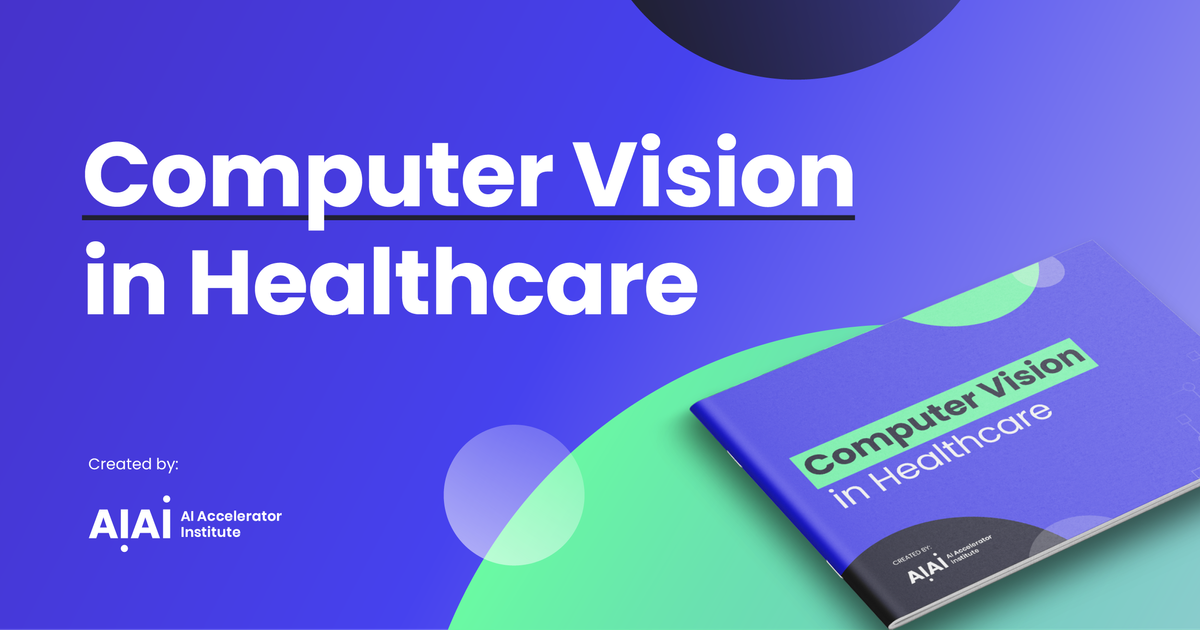Sony is making strides in the surgical robotics market with its newly developed microsurgery assistance robot. The Tokyo-based company recently announced its advanced system designed for automatic surgical instrument exchange and precision control.
Robot development and functionality
Sony, known for its electronic technologies, created this robot to assist in microsurgical procedures. The robot, used in conjunction with a microscope, works on extremely small tissues such as veins and nerves.
It tracks the movements of a surgeon’s hands and fingers using a highly sensitive control device. These movements are then replicated on a small surgical instrument that mimics the movement of the human wrist.
Addressing practical challenges
The new system aims to overcome practical challenges conventional surgical assistant robots face, such as interruptions and delays from manually exchanging surgical instruments. Sony’s R&D team achieved this through the miniaturization of parts, allowing for automatic exchange.
The system comprises a tabletop console operated by a surgeon and a robot that performs procedures on a patient. The surgeon’s hand movements on the console are replicated at a reduced scale (approximately 1/2 to 1/10) at the tip of the robot arm’s surgical instrument. Sony’s researchers envision the robot assistant being used in various surgical procedures.
Key features of the robot
1. Automatic instrument exchange
One of the robot’s standout features is its ability to automatically exchange instruments, made possible by the miniaturization of surgical tools. Multiple instruments can be compactly stored near the robot arm, allowing the left and right arms to make small movements to exchange tools quickly without human intervention.
2. High-precision control
The robot employs a highly sensitive control device to provide stable and precise control necessary for microsurgical procedures. This compact and lightweight device accurately reflects the delicate movements of human fingertips.
The tip of the surgical instrument, designed with multiple joints, moves smoothly like a human wrist. Sony aims for the robot to enable nimble operation and smooth movements that feel almost imperceptible to the user.
3. Advanced display technology
Equipped with a 1.3-type 4K OLED microdisplay developed by Sony Semiconductor Solutions Corporation, the robot provides operators with high-definition images of the surgical area and the movement of instruments.
4. Performance and testing
In February, Sony conducted an experiment at Aichi Medical University. Surgeons and medical practitioners who do not specialize in microsurgery used the prototype to create an anastomosis in animal blood vessels successfully.
Sony claims this was the world’s first instance of microvascular anastomosis using a surgical assistance robot with an automatic instrument exchange function.
Expert insights
Munekazu Naito, a professor in the Department of Anatomy at Aichi Medical University, remarked on humans’ superior brain and hand coordination, which allows for precise and delicate movements.
He noted that mastering microsurgery typically requires extensive training, but Sony’s robot demonstrated exceptional control over novice surgeons’ movements.
This technology enabled them to perform intricate tasks with skills comparable to experienced experts. Naito hoped surgical assistance robots would expand physicians’ capabilities and enhance advanced medical practices.
Future development and goals
Sony plans to collaborate with university medical departments and medical institutions to further develop and validate robotic assistance technology’s effectiveness. The ultimate goal is to resolve issues in the medical field and contribute to medical advancements through innovative robotic technology.
Read more about how AI and computer vision are advancing healthcare by reading the eBook below:
Computer Vision in Healthcare eBook 2023
Unlock the mystery of the innovative intersection of technology and medicine with our latest eBook, Computer Vision in Healthcare.

Like what you see? Then check out tonnes more.
From exclusive content by industry experts and an ever-increasing bank of real world use cases, to 80+
deep-dive summit presentations, our membership plans are packed with awesome AI resources.


